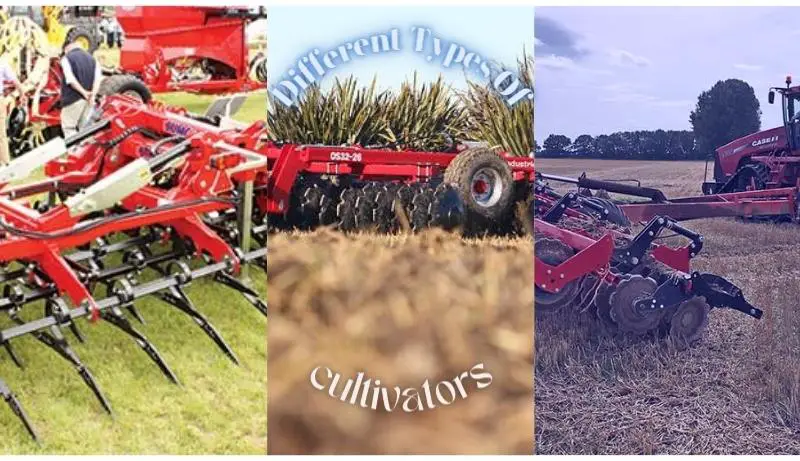It is difficult to fulfill all the agronomic functions of plowing with a single tool. So you might need multiple cultivators that have different functions.
Tillage is necessary to prepare a seedbed or to construct a fake seedbed. This is performed by employing a tool capable of generating fine soil and eventually ensuring good soil-seed contact and maintaining adequate soil moisture.
Cultivators are not any complex machinery, even if it is quite simple to use. The cultivator operates in the same way whether it is linked to and powered by a tractor or a basic walk-behind design. But you can notice a difference in the teeth and cultivation pattern. Cultivators are propelled by human power, run on gas or electricity. These also can be pushed by an animal or tractor. There is a wide range of options available, but they all serve the same objective.
This is just some basic information. Here in this article, we would try to present all types of cultivators that fulfill different purposes.
See Also: You can check out our picks for Field Cultivator as well.
Why Do You Need Cultivators
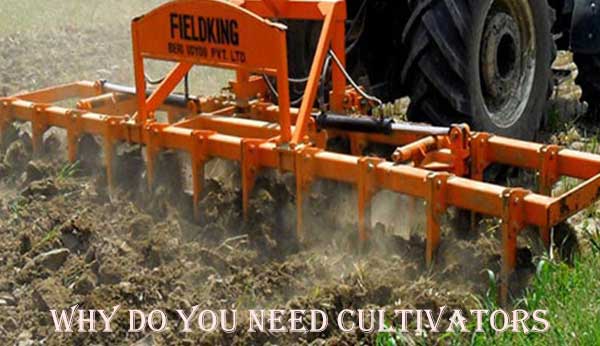
Foot traffic and rains cause the soil at the surface of a garden bed to compact over time. Compacted soil hinders water and air from reaching plant roots and water that does penetrate the surface from draining away. Cultivators may agitate and pulverize the soil before planting or after the crop has begun to grow.
They can also be used to till the entire topsoil level in order to eradicate plant life and prepare the beds for planting. Cultivators are meant to disturb the soil in precise patterns, preserving agricultural plants while upsetting weeds.
But do not get confused between hollow and cultivator, these are two different equipment. They differ from harrows in that the tilling is done in patterns that protect crop roots while still tilling up weeds. Harrows agitate the entire soil surface.
They can be used during the growing season to protect crops while pulling up weeds. Some cultivators are heavy-duty and can be hooked up to a tractor. Also, there are others that are modest garden size instruments appropriate for garden beds.
Also Read: Checking the Drag Harrow will be helpful as well.
Different Types of Cultivators:
1. Power Hallow
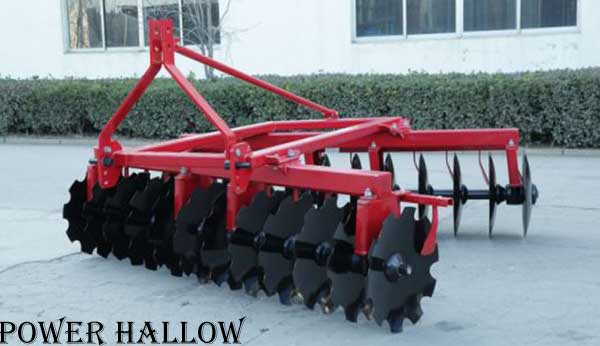
Power Harrows vary from other cultivators in that they are powered by a PTO. They do not rely on the tractor’s forward speed to till the soil; instead, bladed rotors spin vertically, usually through a set of gears from a central gearbox, and work the dirt into a fine seedbed.
Rotary tillers work similarly to power harrows, except instead of vertically placed tines, they have a spinning drum with tines attached. As the dirt is dug out with each rotation of the drum, this causes some soil inversion in the top layers.
The disadvantage of power harrows and rotary tillers is the number of moving parts and the PTO horsepower demand, which can make operation with a tractor difficult.
The position of the axle can affect the tool’s capacity to work with or without a roller. The disc sprayer is unable to do very shallow and regular work. Some specifically built devices, such as the Great Plains Turbo Max, can operate at extremely shallow depths.
2. Four Rows Cultivator
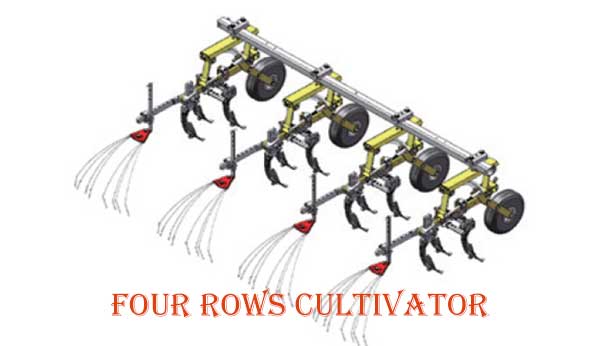
Cultivators with three or four rows of tines have surpassed two-row tools by increasing the number of tines, reducing wear, and enhancing the consistency of work across the width, particularly when there is a lot of residue. The times improve the soil-straw mix.
This equipment, like the two-row models, enables farmers to operate at a variety of depths. Semi-mounted types have an advantage for wide widths because of their longer overhang and higher power requirements. Under specific situations, some devices can function without a roller.
3. Stubble Cultivator
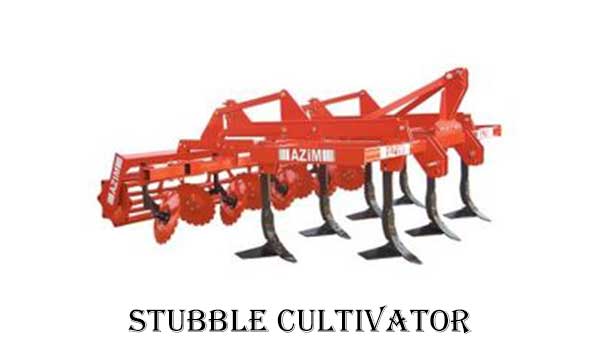
At this age, in the myriad of cultivation methods, the stubble cultivator is being overlooked by the recent farmer. But, in recent years, the goals of stubble cultivation have shifted.
While stubble cultivation was once employed primarily to remove weeds and loosen soils, many farmers now rely on pesticides to control weeds. Light cultivation of the very top layer of soil is all that is required; in these cases, a Vaderstad Carrier or similar disc machine is used.
This equipment is highly successful in fake sowing because of its freely moving spades that break off and project the earth on the surface. The spades, on the other hand, ensure uneven work in-depth, limiting the loss of regrowths.
This tool is susceptible to creeping plants, which can wrap around spade trains. To address this, some people link disc trains with spade trains.
4. Spring Cultivator
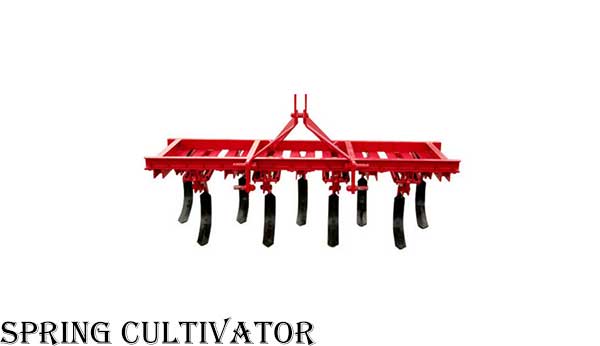
The spring tine cultivator, perhaps the most well-known cultivator, has high rigidity and strength. This is a simple and effective method of seedbed preparation that has established its usefulness for years.
This cultivator is used to till the soil for the field and garden. The heavy duty spring cultivator is built to resist the most difficult working conditions.
Choosing the right cultivator for your farm
Final Words
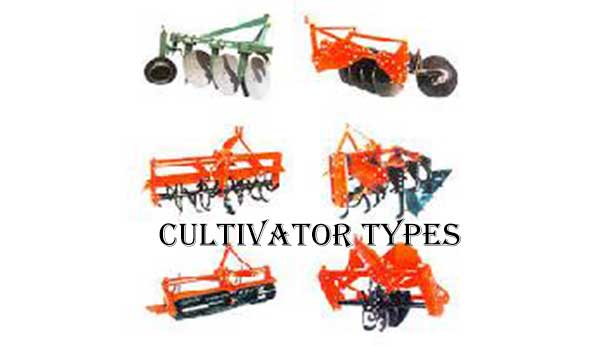
Before buying the cultivator for your land it is important to know for what purpose you want to buy it, as different cultivators have different tasks to do. To ensure that you are buying the right one for the firm, getting knowledge about different types of cultivators is important. Hopefully from the article, you get a clear idea about the cultivators, now go and grab the one that matches the purpose.

David, the founder of The Garden Fixer, started with a passion for gardening in 2012. He has continued his passion for gardening and desire to improve his skills and wanted to share his journey and helpful knowledge with other like-minded individuals.
He launched The Garden Fixer as an outlet for those interested in learning more about Gardening in hopes they can take what they learn and apply it for themselves!
